The tech behind the Premier League
A host of tech is backing the 20 Premier League teams, helping them improve their play, streamline ticketing and more.

The Premiership is reaching its climax, but have you wondered about the technology the clubs use behind the football?
Read on to find out about some of the tech behind all 20 clubs, thanks to reports by business information company Pearlfinders, which has looked into how football has developed as a business.
"Today, Premier League clubs are fully utilising technology for the back-office and also to stay competitive on the training ground," said Anthony Cooper, director of Pearlfinders. "The most recent transfer window, which was affected by adverse weather conditions on the last day, demonstrated the growing importance of technology for football clubs."
He added: "This prompted us to investigate the plans of IT decision-makers at all 20 Premier League clubs in terms how they want to use IT to get ahead during 2009, and how they'll be sourcing suppliers."
We've analysed the football clubs and the findings of Pearlfinder's reports, comparing the teams' success on the pitch to their success in backroom IT.
Links to the individual reports are available here.
Manchester United
Get the ITPro daily newsletter
Sign up today and you will receive a free copy of our Future Focus 2025 report - the leading guidance on AI, cybersecurity and other IT challenges as per 700+ senior executives
The club: The current leaders in the Premier League, Manchester United are doing well in all competitions and are the most popular football team in the world.
Although the club is in debt, the American owners have backed the manager as well as the club.
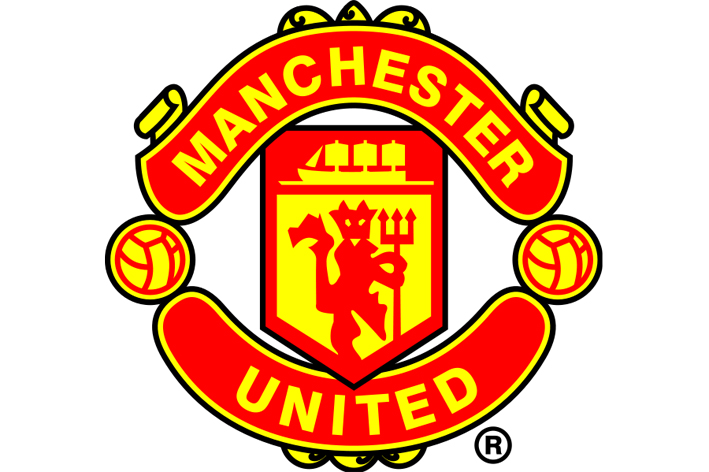
The future looks rosy after the recent Carling Cup win and a potential unprecedented quintuple of trophies World Club Cup, Carling Cup, FA Cup, Premiership and European Cup.
The tech: Football-wise, the club uses ProZone and similar technology to help with monitoring the first and reserve teams. ProZone captures the performance of players using standard video sources or a set of installed cameras offering enhanced analysis.
These are not used in real-time, but rather in post-match analysis. An in-house version of ProZone is used by the youth teams.
It helps them understand which areas of the pitch they're supposed to be attacking, if they need to make more runs in a particular area, the miles covered per game, and whether they need to pass the ball more.
In the future, the club is looking to the tech used by athletics and cycling teams in the Olympics, which Australian companies lead the way in.
Man United has also made a big push on green technology, with an ongoing project ensuring that all computers and laptops are turned off overnight. The IT department is currently looking for a supplier that can centrally manage and optimise the turned-on/off times of the machines.
Liverpool
The club: Another world famous football club, they looked out of the Premiership race a few weeks but have come back with a
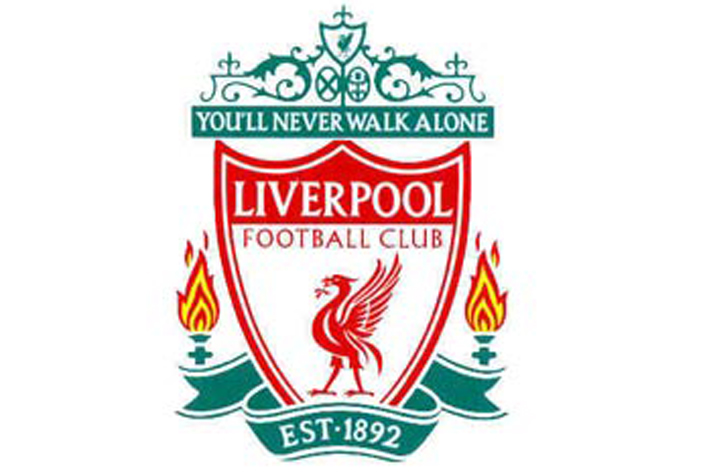
bang thrashing both Aston Villa and Man United.
The tech: Although the Liverpool IT department has installed Citrix thin-client systems, virtualisation is still some way into the future, as is IP telephony. The priority at the moment is to make the club's stadium and access operations efficient as possible, with the emphasis on crowd safety.
In 2007, IT PRO also reported on how the premiership club switched from tape to disk backup to ensure that data could be quickly and easily restored in case of loss.
Unlike Manchester United, Liverpool's American owners haven't been quite so accommodating with the cash, with a reported rift shelving plans for a new 61,000-seater stadium at Stanley Park for the time being. The stadium and IT project for this will only go ahead when the current financial crisis stabilises.
Chelsea
The club: Chelsea are not doing too badly at the moment. There has been a lot of upheaval with the sacking of Luis Felipe Scolari
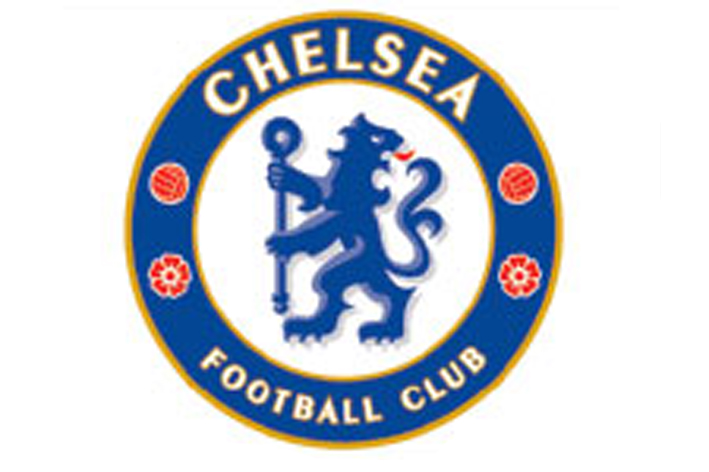
for poor results, but the new manager Guus Hiddink has steadied the ship.
The tech: Like the team, Chelsea's IT - managed by Elaine Clark - has grown assisted by Stamford Bridge's development and chairman Roman Abramovich's cash.
-
 Better together
Better togetherWhitepaper Achieve more with Windows 11 and Surface
By ITPro
-
 Transforming the enterprise
Transforming the enterpriseWhitepaper With Intel and CDW
By ITPro
-
 The top trends in money remittance
The top trends in money remittanceWhitepaper Tackling the key issues shaping the money remittance industry
By ITPro
-
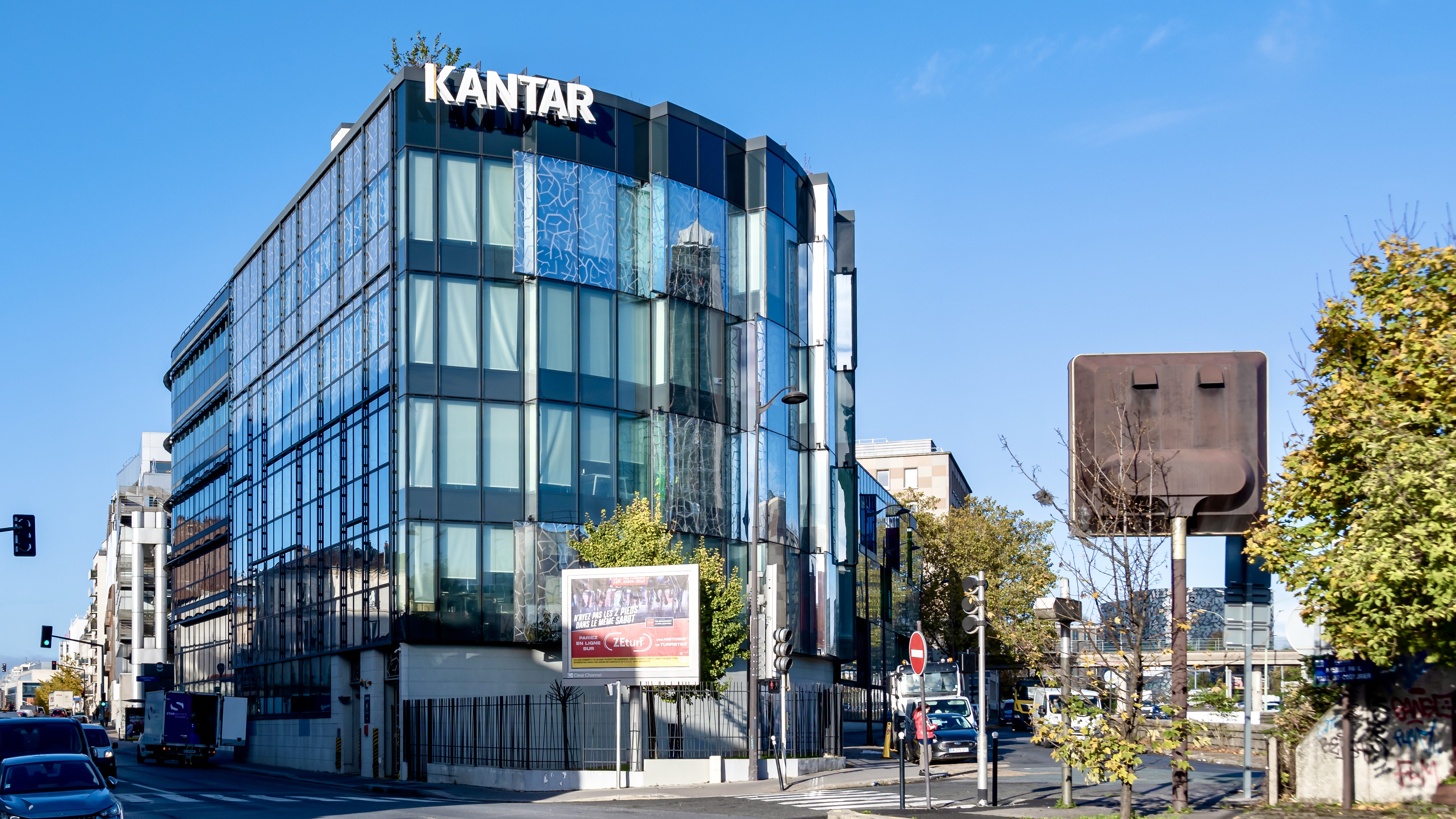 How Kantar revamped its IT infrastructure after being sold off
How Kantar revamped its IT infrastructure after being sold offCase Study Being acquired by a private equity firm meant Kantar couldn’t rely on its parent company’s infrastructure, and was forced to confront its technical shortcomings
By Rene Millman
-
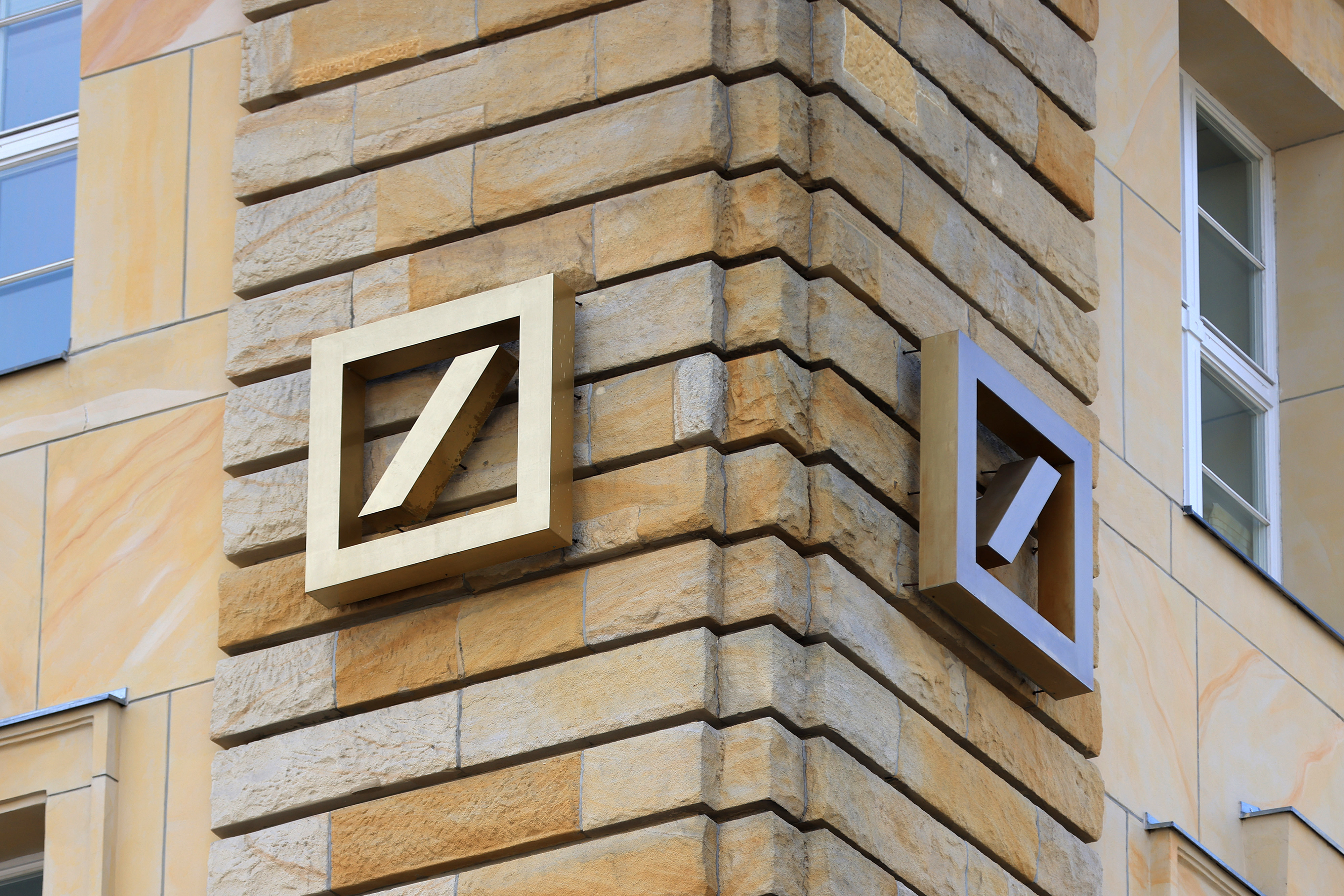 Deutsche Bank wraps up Postbank IT integration after bug-laden migrations
Deutsche Bank wraps up Postbank IT integration after bug-laden migrationsNews The IT merger is expected to generate annual savings of €300 million by 2025
By Daniel Todd
-
 Analyzing the economic benefits of Dell Technologies with VMware Tanzu & Intel
Analyzing the economic benefits of Dell Technologies with VMware Tanzu & IntelWhitepaper ESG economic validation
By ITPro
-
 Defra needs £726 million to modernize pervasive legacy IT issues
Defra needs £726 million to modernize pervasive legacy IT issuesNews A significant portion of IT systems are reportedly still in extended support or are fully unsupported
By Ross Kelly
-
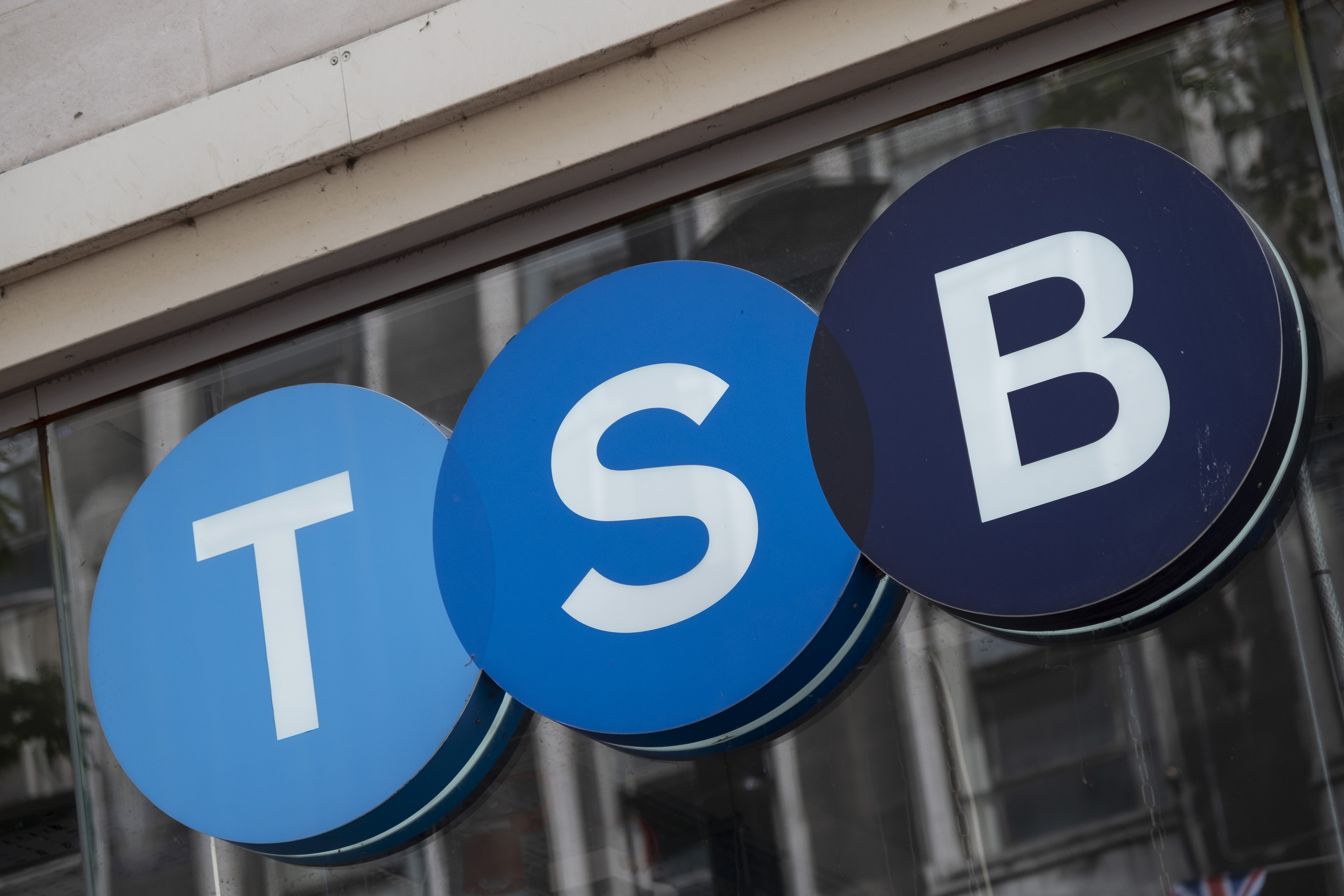 Former TSB CIO fined £81,000 for botched IT migration
Former TSB CIO fined £81,000 for botched IT migrationNews It’s the first penalty imposed on an individual involved in the infamous migration project
By Ross Kelly

